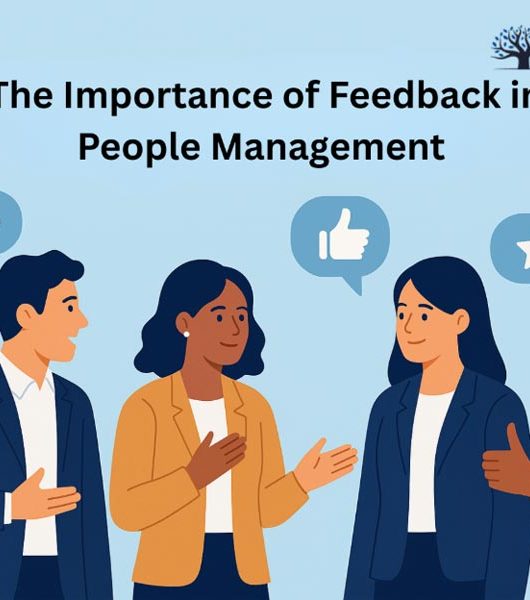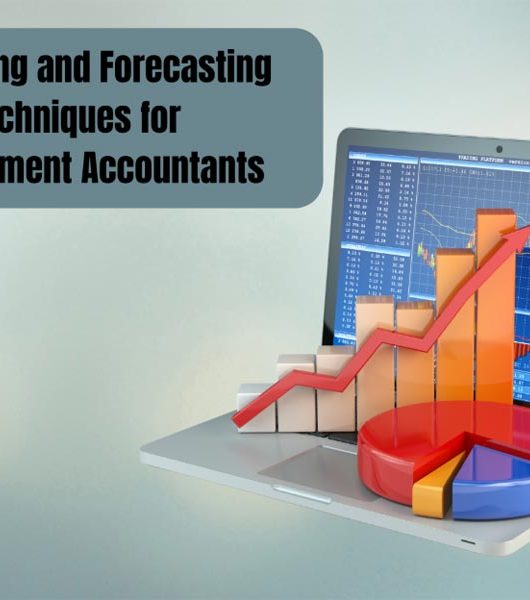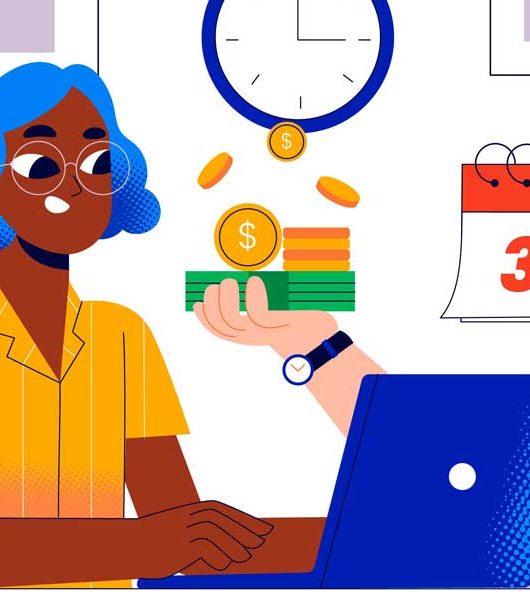Human resources has come a long way from filing cabinets and spreadsheet-heavy workflows. Today, workplaces become increasingly complex, be it due to remote work, hybrid schedules, or high-risk job environments. Hence, HR departments are being stretched thinner than ever. At the heart of their responsibility lies one of the most important aspects of any business – employee well-being.
Every year, almost three million workers around the world pass away due to work-related accidents and diseases. Millions of others suffer injuries, mental health issues, and other problems due to poor working conditions.
Hence, employee well-being is of utmost priority for HR departments around the world. And at present, it’s no longer enough to rely on manual, handwritten reports to monitor how people are doing at work.
Digital software has quietly become one of HR’s most powerful allies. As of 2023, the global HR software market is worth over $16 billion. Such software usage brings clarity where there’s confusion, consistency where there’s randomness, and accountability where things can slip through the cracks. From fatigue monitoring to safety hazards, these platforms help HR teams not just react to issues but prevent them entirely.
Let’s get into the details of why HR teams need digital software and systems to monitor their offices’ working conditions.
Proactive Protection for Employees in High-Risk Roles
In industries where physical tasks are demanding and hazards are ever-present, it only takes one oversight to lead to serious consequences. Traditional methods of monitoring, such as periodic walk-throughs or employee self-reporting, simply don’t cut it anymore. Digital software offers round-the-clock surveillance of environmental factors like temperature, air quality, or even repetitive strain exposure.
More advanced tools also allow HR teams to detect patterns. For instance, one warehouse might see a spike in back injuries or one team might log unusually high overtime hours regularly. Software dashboards flag these anomalies in real-time. That insight means HR can intervene early before minor aches become chronic injuries or long hours become burnout.
Avoiding Legal Drama
When employees are injured or suffer due to unsafe working conditions, it can trigger personal injury lawsuits. In any personal injury lawsuit, the core issue revolves around evidence. Was the company negligent? Could the injury have been prevented? Were working conditions unsafe?
Recently, Amazon has had to pay fines and make drastic changes to its warehouse operations in Colorado Springs to ensure workers’ safety. This comes after allegations brought by the federal government. Did someone get injured here or have a mental breakdown? Yes. Was a Colorado Springs personal injury lawyer involved in the case of injuries? Most likely.
HR teams need to be prepared for such occurrences. Digital HR tools create a time-stamped, objective log of working conditions, communications, and even efforts made to protect the staff. These records are essential in navigating personal injury law and the legal procedures that follow.
According to Springs Law Group, personal injury lawyers often rely on discrepancies to win cases. Hence, the stakes for employers are high. Software ensures that HR has a well-documented defense, showing due diligence and a commitment to safety.
Why does HR need to keep track of workplace accidents?
HR must document workplace accidents to ensure legal compliance, protect employees, and prevent future incidents. Accurate records help identify safety risks and assess whether proper protocols were followed. These reports are essential for insurance claims, audits, and demonstrating a commitment to a safe work environment.
Strengthening Culture Through Transparency and Trust
When workers see that their company is actively tracking their well-being, it fosters a sense of safety and belonging. After all, trust isn’t just about open-door policies or annual surveys. It’s built on daily actions that prove the company values its people.
Digital software allows HR to be more visible and proactive without being invasive. Someone might flag a workstation as uncomfortable or submit a mental health request through the system. If HR addresses it within days, it’s the kind of responsiveness that builds culture from the ground up.
Over time, employees feel heard, and turnover drops. Productivity rises not from pushing harder but from smarter, safer environments.
How does HR software work?
HR software helps manage employee data, payroll, recruitment, attendance, and benefits through a digital platform. It centralizes information, automates repetitive tasks, and provides insights into workforce trends. By streamlining processes, it improves efficiency and ensures compliance with labor laws, reducing the administrative burden on HR teams.
Remote Work Is No Escape from Monitoring Needs
With more employees working remotely, there’s a common but dangerous assumption that working from home is automatically “safe.” But digital fatigue, loneliness, poor ergonomic setups, and the blurring of work-life boundaries all affect mental and physical health.
In fact, 69 percent of remote employees have reported increased levels of burnout due to the use of digital communication tools. You also have 25 percent of fully remote employees experiencing varying levels of loneliness during work.
HR software designed for remote environments can track hours worked, time spent on calls, or even digital engagement trends. These then help uncover signs of burnout or overwork.
How can HR teams use AI?
HR teams use AI to screen resumes, match candidates to job roles, and predict employee turnover. AI also assists in automating responses to common HR queries and analyzing employee engagement patterns. These tools help HR professionals make faster, more data-driven decisions and improve the hiring and retention process.
At the end of the day, HR’s job isn’t just about compliance or forms. It’s about people. Making sure they’re healthy, safe, and supported in their work environment should never be left to guesswork or outdated systems.
Digital software doesn’t depersonalize HR; it empowers it. It lets HR teams focus less on chasing paper trails and more on building relationships, guiding managers, and resolving issues quickly.











